How artificial intelligence is transforming the fashion industry
Table of Contents
- How AI Fashion Industry is Redefining Design and Trends
- Examples of AI Tools:
- AI Technology in Fashion: Revolutionizing Supply Chain and Manufacturing
- Enhancing Customer Experiences with AI Fashion Industry Solutions
- AI in the Fashion Industry: Challenges and Opportunities
- FAQ: AI in the fashion industry
- Conclusion
The fashion industry has always thrived on creativity and innovation, but in recent years, a new player has entered the scene: artificial intelligence (AI). From streamlining production processes to personalizing shopping experiences, AI in the fashion industry is revolutionizing how brands operate and connect with consumers. In this blog, we’ll explore how AI is reshaping the fashion world and why it’s a game-changer for the industry.
How AI Fashion Industry is Redefining Design and Trends
AI technology in fashion has brought unprecedented changes in how trends are forecasted and designs are created. Here’s how:
3D Modeling
3D modeling technology allows fashion brands to create highly detailed, virtual representations of their clothing, enabling customers to interact with the product from multiple angles. By using AI-powered 3D modeling, fashion companies can showcase garments in realistic settings without the need for physical samples, streamlining the design and production process. This technology also enables brands to produce digital twins of their collections, helping with virtual fashion shows, digital catalogs, and advertising materials. Leading companies are increasingly integrating 3D modeling to enhance product development and provide customers with highly engaging and lifelike visual content.Virtual Try-Ons
Virtual try-ons powered by AI enable customers to visualize clothing on their own body type before making a purchase, bridging the gap between online and in-store shopping experiences. This technology uses advanced AI algorithms to map the user’s body measurements and show how different clothing styles will fit, making the online shopping process more personalized. Virtual try-ons are transforming eCommerce by giving customers the confidence to make better purchasing decisions. Brands like ASOS and Nike have adopted AI-based virtual fitting rooms to reduce return rates and enhance the overall shopping experience. By incorporating this technology, customers can now experiment with various outfits, colors, and styles, just as they would in a physical store. This not only improves customer satisfaction but also encourages higher conversion rates.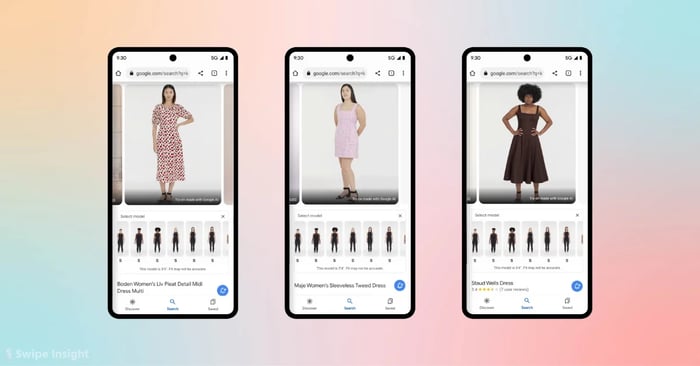
Predictive Trend Analysis
AI analyzes vast amounts of data from social media, search engines, and e-commerce platforms to predict future fashion trends. By understanding consumer preferences, brands can stay ahead of the curve. AI models, like those used by companies such as Google Trends and IBM Watson, process billions of data points to detect emerging patterns in fashion choices. These insights help designers and brands anticipate the next big trend, allowing them to produce garments that align with upcoming consumer demands. AI-driven trend analysis has already helped companies such as Zara and H&M optimize their production cycles and better align their collections with real-time market demands.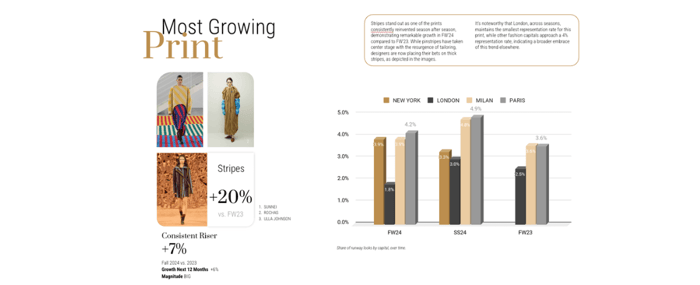
Design Automation
AI-powered tools like generative design software can create new patterns and styles, allowing designers to experiment and innovate faster than ever. AI programs can analyze thousands of past designs, understand aesthetic patterns, and generate fresh fashion concepts. This process significantly reduces the time required for prototyping and ensures a more data-driven approach to creativity.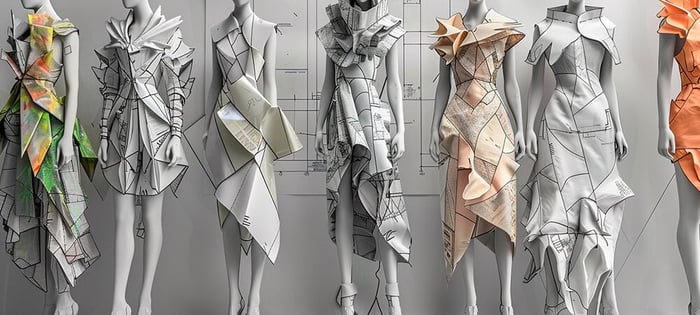
Examples of AI Tools:
As the fashion industry continues to embrace the power of artificial intelligence, a wide array of AI tools are emerging to support brands in transforming their design processes, improving customer experiences, and staying ahead of trends. From creating realistic 3D models to predicting fashion trends, AI is becoming an integral part of the fashion world. In this section, we will explore some of the key AI tools that are shaping the future of fashion design and production. These tools not only enhance creativity but also improve efficiency, enabling brands to produce high-quality content and meet customer demands faster than ever before.
Here are a few examples of the most innovative AI tools used in fashion today:
Modelia: An AI-driven platform that empowers designers and brands to bring their creative visions to life through cutting-edge digital tools. The platform offers a robust suite of AI-powered features tailored to streamline fashion design and production, including:
Clone My Garment: Allows designers to create digital replicas of garments, enabling endless creative possibilities and modifications.
Sketch to Image: Transforms raw sketches into polished digital visuals, making the design process seamless and efficient.
Change Color: Helps designers experiment with different color schemes, aiding in the selection of the perfect palette for any collection.
Change Background: Provides the ability to modify backgrounds effortlessly, elevating product presentation and marketing visuals.
Image Captioning: Automatically generates contextual descriptions for images, improving cataloging and customer engagement.
Background Remover: Ensures clean, professional images by removing distractions from product photography.
Face Editor: Refines facial details in fashion photography, creating a polished and high-quality visual appeal.
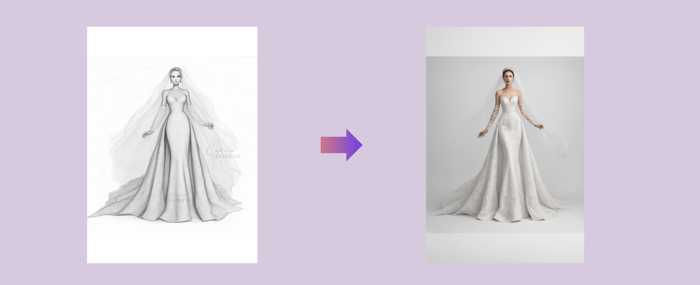 TRY THEM FOR FREE NOW
TRY THEM FOR FREE NOW
Heuritech: an AI-powered trend forecasting tool that helps fashion brands predict future trends by analyzing images and patterns on social media and other digital platforms. By leveraging deep learning algorithms, Heuritech processes vast amounts of data to identify which colors, fabrics, and styles are gaining popularity. This allows brands to stay ahead of the curve and align their collections with emerging trends. Companies like Louis Vuitton and Dior use Heuritech to ensure their designs are relevant and competitive in the ever-changing fashion landscape.
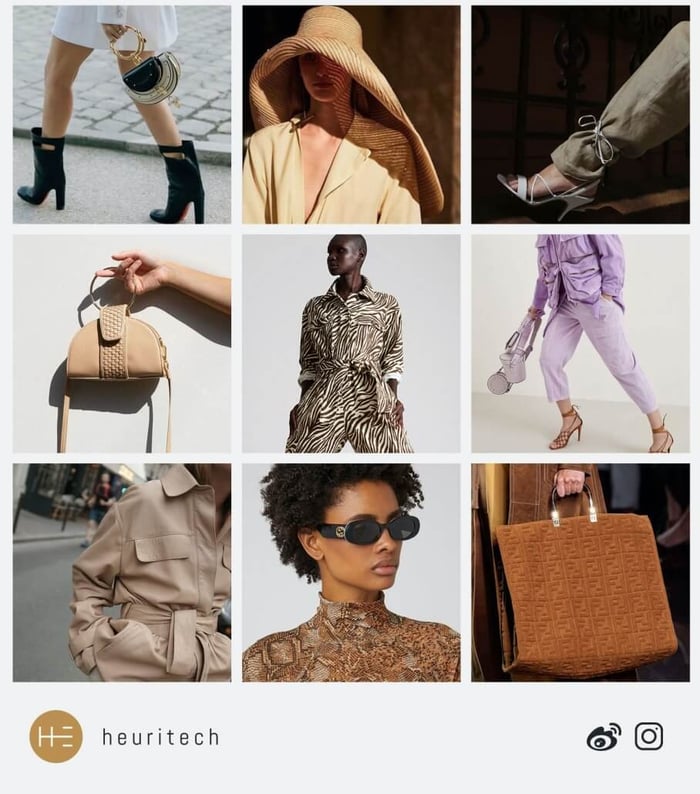
Vue.ai: an AI tool designed to personalize the shopping experience for online customers. By analyzing customer behavior and preferences, Vue.ai provides tailored recommendations that improve engagement and increase conversion rates. It helps brands understand their customers' tastes and suggest products that are more likely to appeal to them, thereby enhancing the shopping experience. Many retailers use Vue.ai to boost sales by delivering more personalized and relevant product suggestions, driving higher customer satisfaction and loyalty.

AI Technology in Fashion: Revolutionizing Supply Chain and Manufacturing
The supply chain is one of the most complex aspects of the fashion industry. AI technology in fashion has brought efficiency and transparency to the process, transforming the way clothes are manufactured and distributed.
Smart Inventory Management
AI algorithms optimize inventory levels, reducing overproduction and waste while ensuring popular items are always in stock. Companies like Adidas have implemented AI-driven inventory management to reduce unsold stock and improve sustainability efforts.Automation in Manufacturing
From fabric cutting to sewing, AI-powered robots enhance precision and speed, significantly reducing production time. AI-assisted robotic systems in production facilities streamline operations and minimize errors, ensuring consistent quality in mass production.Sustainable Practices
AI helps brands adopt eco-friendly practices by identifying areas where waste can be minimized, such as excess fabric usage or energy consumption. AI-driven materials analysis also allows brands to develop sustainable textiles with minimal environmental impact.
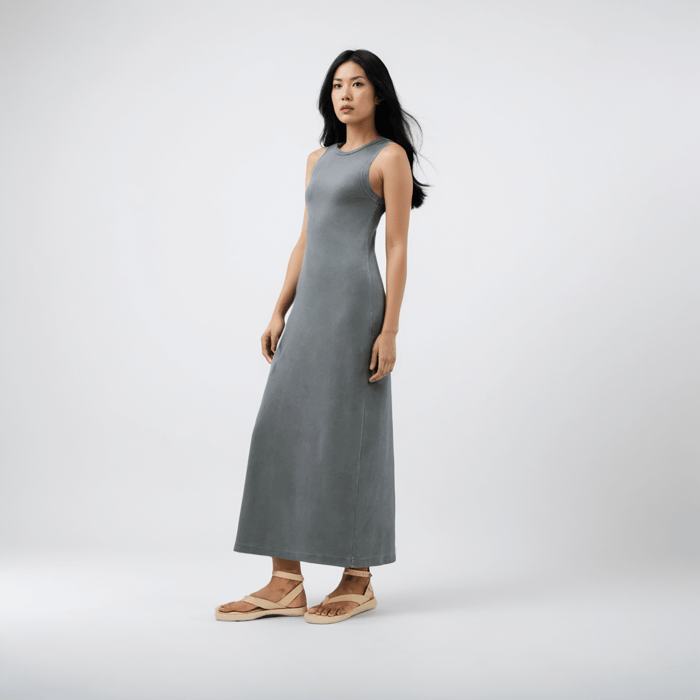
Enhancing Customer Experiences with AI Fashion Industry Solutions
The modern shopper expects personalized and seamless experiences, and AI in the fashion industry innovations are delivering just that.
Personalized Recommendations
AI algorithms analyze customer behavior to provide tailored product suggestions, boosting sales and customer satisfaction. Online retailers such as Amazon and Nordstrom utilize AI in the fashion industry to enhance personalization, increasing conversion rates and customer loyalty.Chatbots and Virtual Assistants
AI-driven chatbots handle customer inquiries 24/7, offering style advice and product recommendations in real-time. These virtual assistants provide a seamless shopping experience, improving response times and reducing human workload.Augmented Reality Shopping
AR and AI work together to create interactive shopping experiences, such as virtual fitting rooms and in-app visualizations of outfits. Brands like Gucci and Burberry have implemented AR-powered shopping apps, allowing customers to try on products digitally before making a purchase.
AI in the Fashion Industry: Challenges and Opportunities
While the benefits of AI in the fashion industry are undeniable, the technology also comes with its own set of challenges.
Data Privacy Concerns
Collecting and analyzing customer data raises questions about privacy and security. Brands must ensure they comply with data protection laws such as GDPR to maintain customer trust.High Implementation Costs
Smaller brands may struggle to afford advanced AI systems, leading to a technology gap in the industry. However, as AI technology becomes more accessible, adoption rates are expected to increase.Future Opportunities
As AI technology continues to evolve, it will open up new possibilities, such as hyper-personalized fashion and fully automated supply chains. Companies investing in AI-driven innovations today will likely be the market leaders of tomorrow.

FAQ: AI in the fashion industry
What is AI-generated fashion?
AI-generated fashion refers to clothing, accessories, and entire collections created with the assistance of intelligent algorithms. These systems analyze large datasets, including historical styles, global purchasing habits, color trends, and cultural shifts, to generate innovative designs. AI doesn't merely replicate existing trends; it analyzes, connects, and sometimes surprises, offering designers new creative opportunities.
How does AI enhance trend forecasting in fashion?
AI enhances trend forecasting by analyzing extensive datasets from runway shows, social media, search engine trends, and purchase records. This analysis allows AI to detect emerging patterns and signal upcoming trends quickly and accurately, helping designers and brands make informed decisions.
What are the benefits of AI in fashion design and production?
AI in fashion design and production offers multiple benefits:
Efficiency: Streamlines the design process and allows faster iterations.
Cost reduction: Minimizes the need for physical samples and photoshoots.
Personalization: Helps create customized shopping experiences based on customer preferences.
Sustainability: Optimizes fabric usage and reduces waste, promoting sustainable practices.
How is AI shaping customer experiences in fashion?
AI is transforming customer experiences by offering personalized recommendations, virtual try-ons, and tailored shopping journeys. By analyzing customer behavior, AI suggests products that match individual preferences, increasing satisfaction and engagement. Virtual try-on tools also allow customers to visualize garments on their body type before purchasing.
Conclusion
Artificial intelligence is no longer just a buzzword; it’s a transformative force in the fashion world. From design to customer experience, AI in the fashion industry is unlocking new levels of efficiency, creativity, and sustainability. As brands continue to adopt AI technology in fashion, the future of the industry looks more innovative and customer-centric than ever before. Embracing these changes is not just an option—it’s a necessity for staying relevant in the competitive fashion market.
In this rapidly evolving landscape, tools like Modelia are paving the way for fashion brands to unlock their full potential. By integrating advanced AI features, Modelia helps brands streamline their design and production processes, enhance visual content, and personalize customer experiences. As the fashion industry embraces these technological innovations, platforms like Modelia are helping businesses stay ahead of the curve, creating more dynamic and impactful brand experiences while increasing efficiency and profitability.
Sign up for the Modelia newsletter to receive the newest insights and advice. Stay at the forefront of fashion AI and always stay in the loop!
How would you rate this article:
Related Articles
- How Virtual Fitting Room Technology Is Changing Shopping
- How to Create a Clothing Brand: Step-by-Step Guide
- Christmas Party Dress Styles to Shine This Holiday Season
- How an AI Personal Stylist Can Upgrade Your Wardrobe
- Best AI Fashion Design Software You Must Try
- How to Turn Cartoons into Realistic Images with AI
- Top 5 AI Image Enhancers for Stunning Visual Enhancements
- The Best Shopify Integrations to Power Your Store
- 10 Best AI Video Editing Tools for Streamlined Editing and Creation
- Shopify vs Etsy: A Complete Comparison for Sellers


